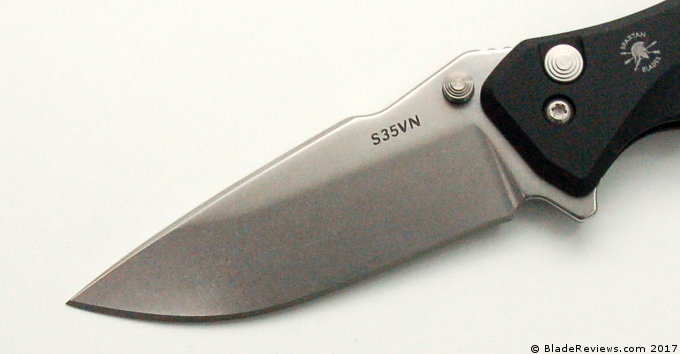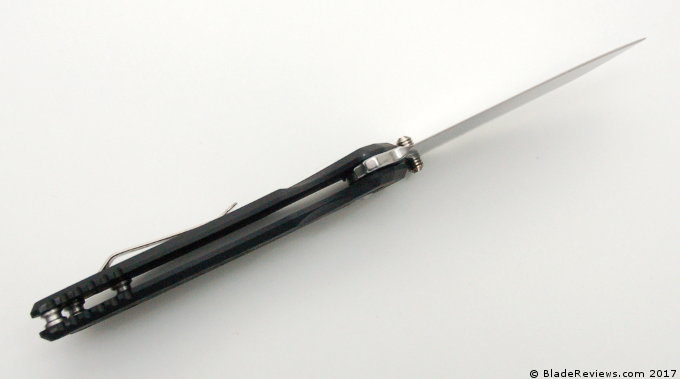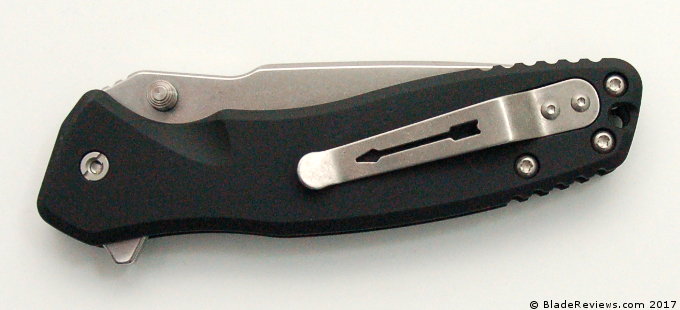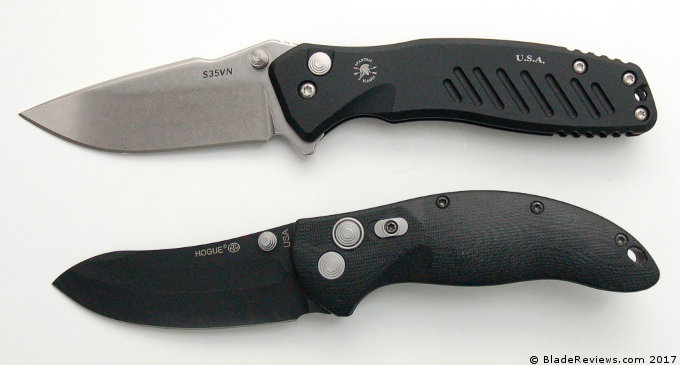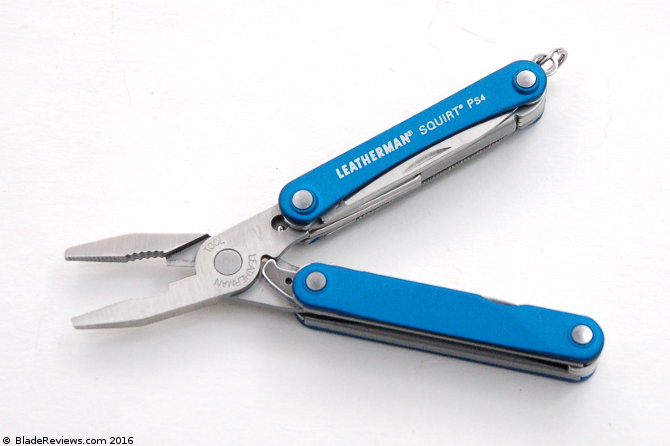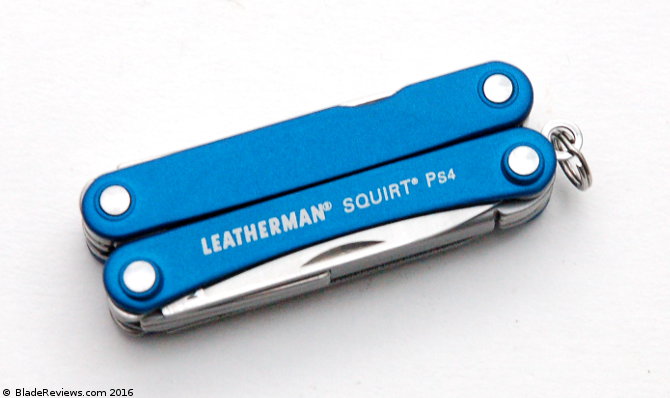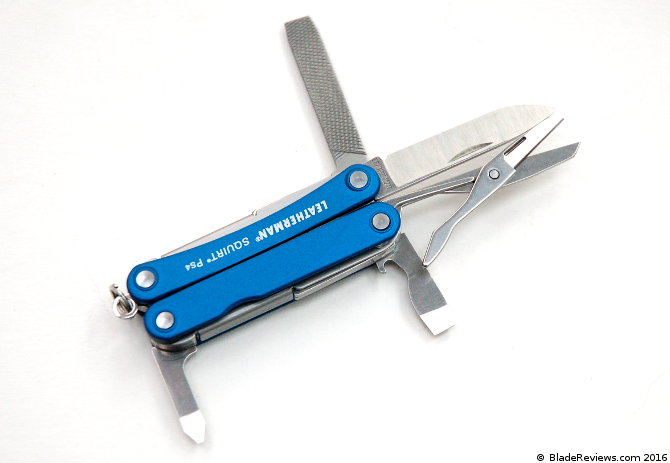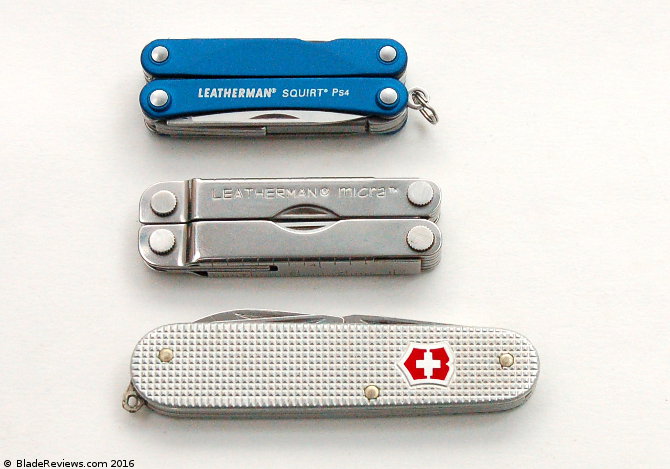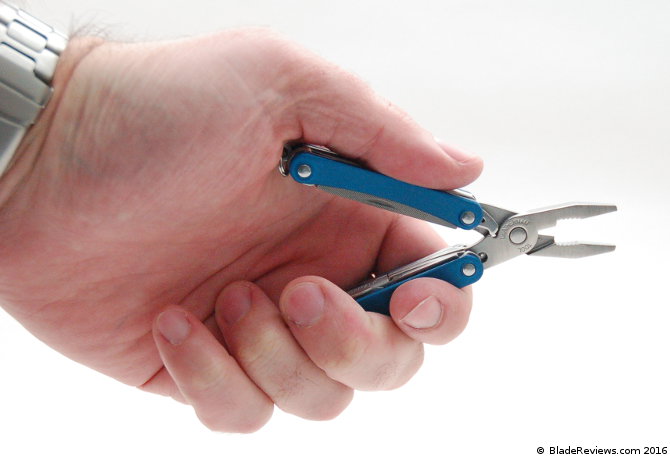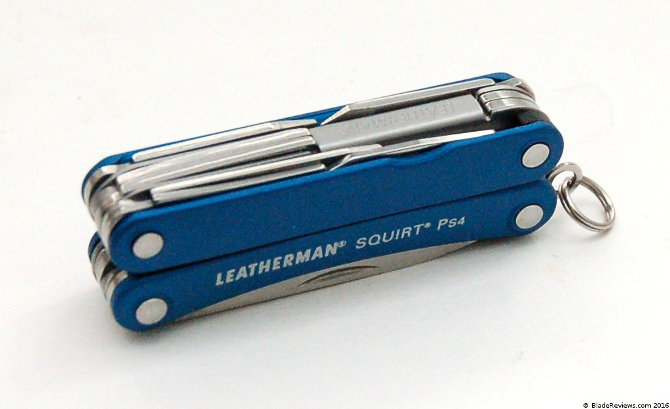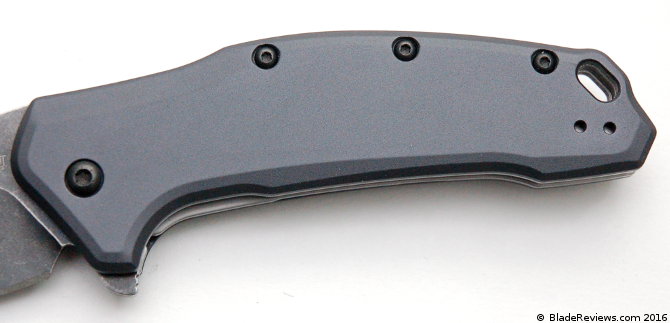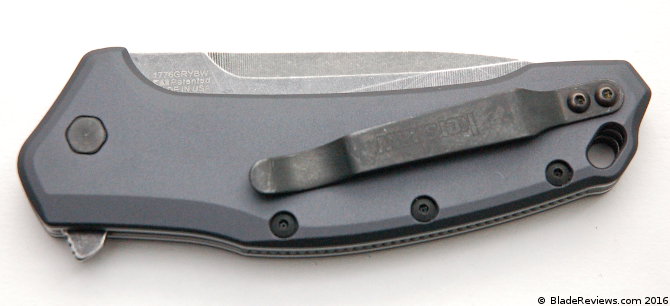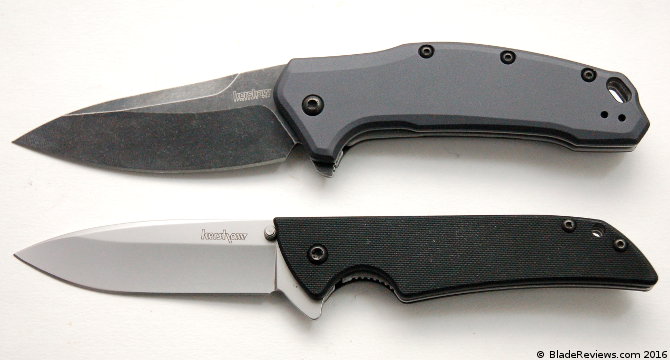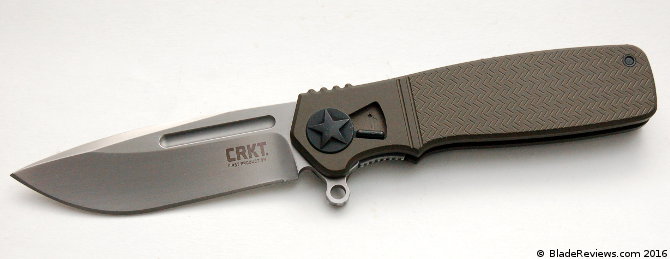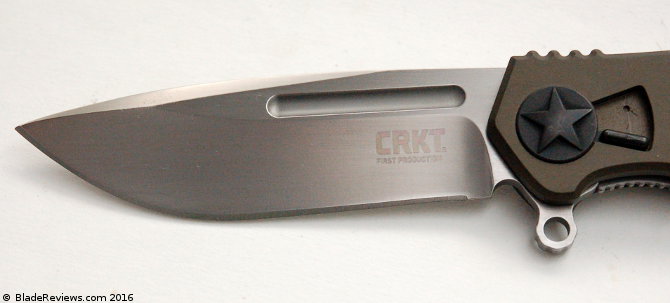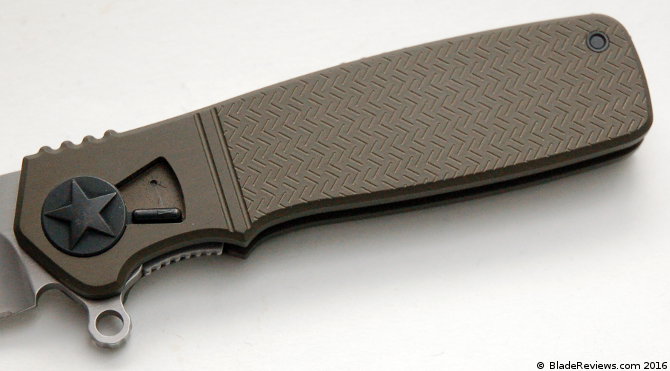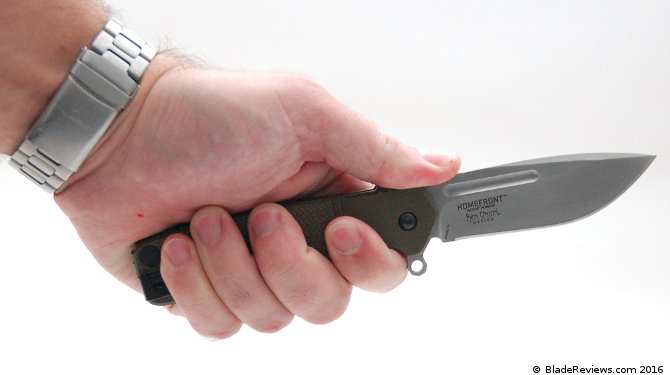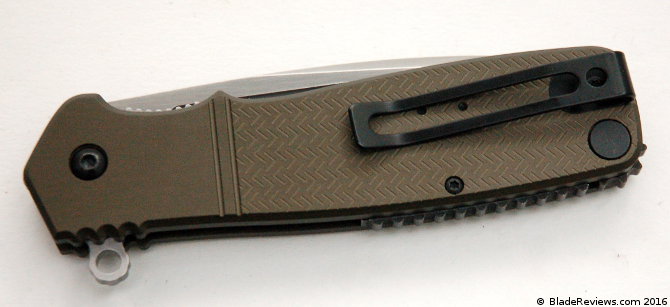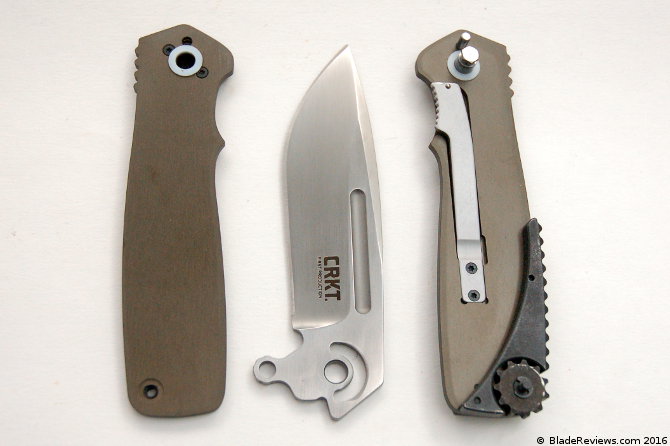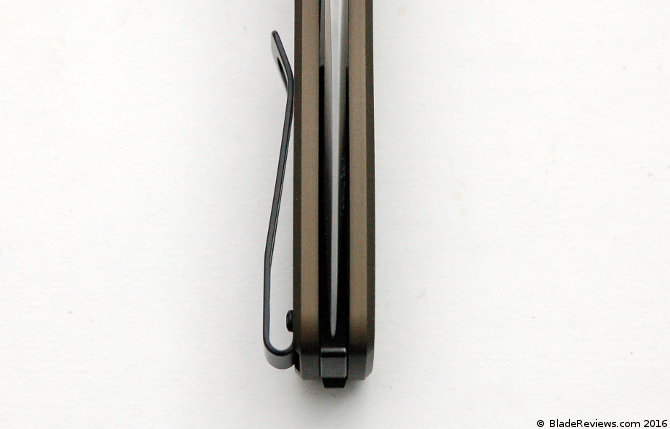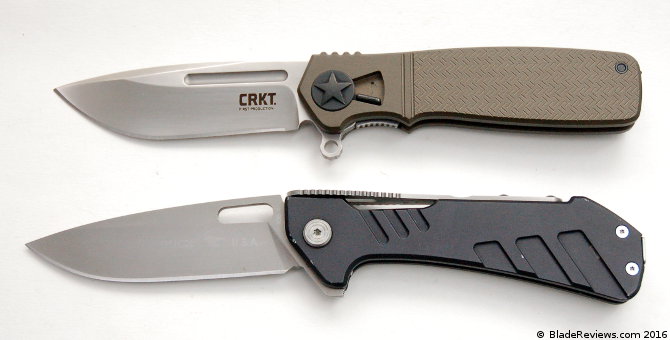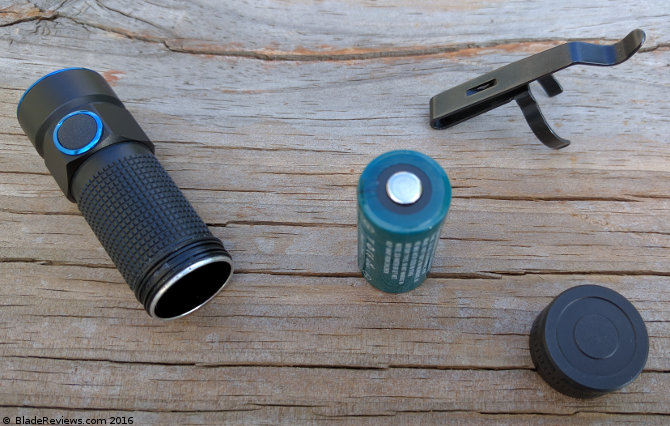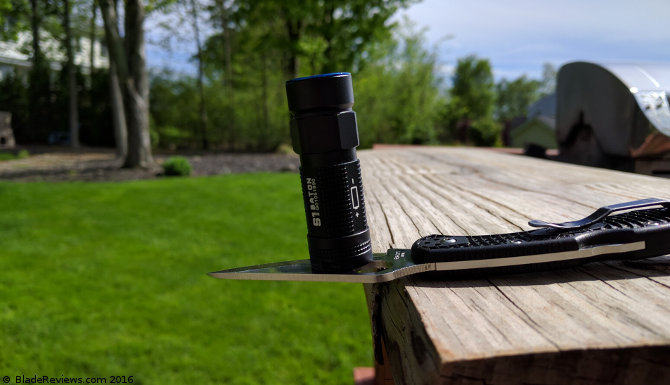Hot on the heels of my review of the Microtech Sigil, I decided to pick up the Stitch. This knife was designed by Sebastijan Berenji of Borka Blades.
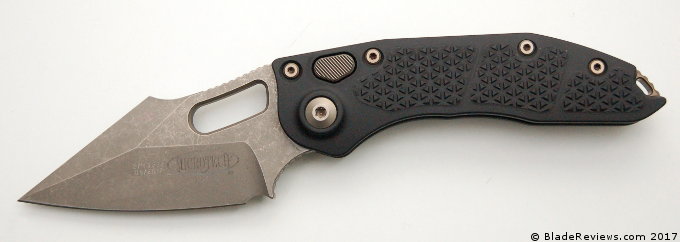
Buy the Microtech Stitch at BladeHQ
What I find interesting about Sebastian’s story is that he started out as an enthusiast. If I recall correctly, he was a friend and customer of Geoff Blauvelt of TuffKnives, learned the basics of grinding knives, and made some simple fixed blades. His designs and talents earned the interest of Anthony Marfione. Tony took him under his wing and now Sebastijan is a popular custom knifemaker selling knives for thousands of dollars. Some of his designs have been turned into production knives as well.
A cinderella story if I ever heard one.
The Stitch is an example of Sebastijan’s unique aesthetic. His designs are aggressive and the resulting knives are just plain cool. After being pleasantly surprised by the Sigil, I decided to check out Microtech Stitch and see what his designs are like in the metal.
General Dimensions and Blade Details
The Stitch has an overall length of 8.00″, a 3.75″ blade, weighs 6.38 ounces, and is made in the USA. This is a large and quirky folding knife. The first thing I noticed is the heft. I didn’t bother checking out the specs before purchasing, so I was a little surprised at how stout the Stitch was.
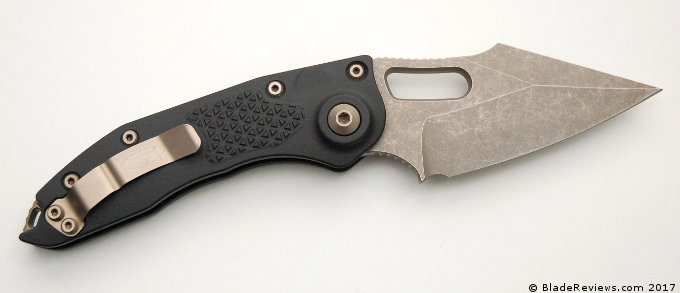
The second thing to note is the blade to handle ratio. Although the blade is technically 3.75″ long, the cutting edge is only 3″. Those who prize high blade to handle ratios will be sorely disappointed. Personally, I enjoy the weirdness of this knife. That is what drew me to the Stitch in the first place.
The Stitch features a unique blade shape. Maybe we could call it a modified clip point or something. Who really knows. Or cares.
The blade features a prominent harpoon, a high flat grind, a large swedge, and a tip that verges on being a trailing point. There is also a large decorative thumb hole. The blade is unique, and ground from almost 5mm thick blade stock. My blade has been given a bronzed “apocalyptic” (tumbled) blade finish. It is beautifully ground and meticulously finished.
My particular knife came with a blade made of Bohler M390 super steel. I believe they also offer this knife in Elmax, and I wouldn’t be surprised if they release this one in a number of blade steels.

M390 needs no introduction to the enthusiast of high end pocket knives. My guess is that if you are reading this review you already know that M390 is a top tier blade steel, and is among the best money can buy. That is because M390 has the covetable qualities of excellent edge retention and relatively easy sharpening. Most knives will either have great edge retention, or be easy to sharpen. Here you get the best of both worlds, along with good stain resistance.
The Stitch has proven itself to be a capable cutter in the last few weeks of my testing. It easily handles cardboard boxes and other EDC tasks. I’ll say the negative angle of the blade relative to the handle along with high point on this knife makes it a little different in some applications. Case in point, I was at an event and they gave me one of those plastic/paper wrist bands. I tried to cut it off with my Stitch and it took some finagling to get the tip low enough to cut the band off my wrist.
Handle, Ergonomics, and Pocket Clip
The handle is a beautifully machined aluminum handle with a long geared backspacer and bronzed stainless steel hardware. Aluminum is 3-D contoured with details like a faux pivot collar, countersunk screws, and a fine triangle pattern for traction.
One thing to note, is that this hardware is not proprietary Microtech hardware, but standard torx stuff. That said, all the screws are oversized and look to be custom made. There are two blade stops inside the handle, and they also appear to be custom made.
The handle is immaculate and it’s hard to do it justice with a paragraph or two of text.
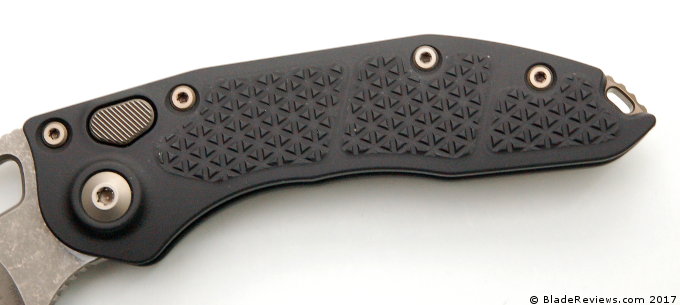
The Stitch is a supremely comfortable knife. This is in part because the cutting edge only takes up 37% of the overall length of the knife. So there is plenty of real estate. But it’s also due to some smart ergonomic features of the design. The handle is simple and comfortable. It has good texturing on the sides, and plenty of jimping on the backspacer. Sebastijan also included a large finger choil and a wide spine. That combined with the negative angle of the blade relative to the handle makes for a supremely comfortable knife, whether you are choked up or pulled back on the blade.
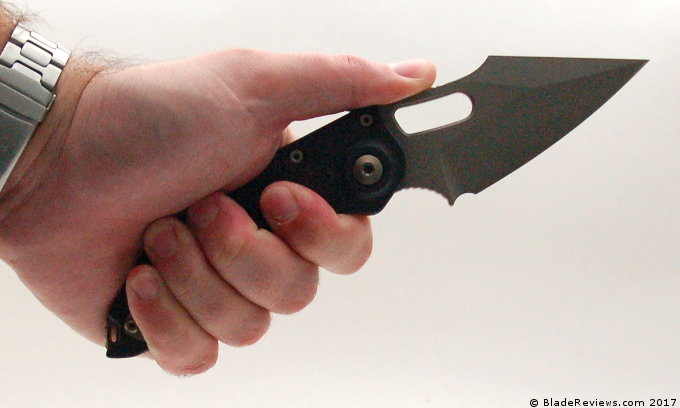
The pocket clip is a bent stainless steel clip, given the same bronze treatment as the blade and other hardware, and is a take on the Chris Reeve Knives “double dip clip”. Frankly, I’m not sure of the intellectual property history of this clip design: who came up with it, whether it was patented, licensed, etc. Since a version of this clip appears on their popular Ultratech series my guess is Microtech is well within their right to use it.
I am a big fan of the double dip clip on the Sebenza, and am a fan of it here on the Stitch. This is a wide clip. It has good spring action, and is easy to use. The double dip provides extra retention in your pocket. I’m a fan. The Stitch is a heavy knife, but the good pocket clip keeps it in place. It caries well for an almost 6.5 ounce folding knife. The handle is drilled and tapped for right side tip up carry only.
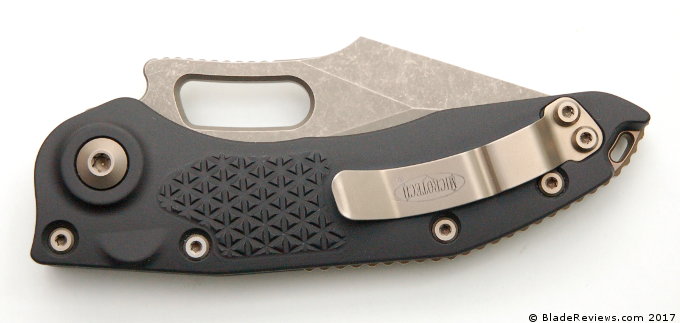
One interesting thing to comment on is how this knife looks with the closed blade. As you can see, quite a bit of the blade tang (by the thumb hole) is exposed. In the closed position it’s not nearly as resolved as something like my Spyderco Sage 1. Some might find this a little unconventional. I don’t mind it.
Deployment and Lockup
The Stitch is a push button automatic folder. I don’t review many autos, so I’m a little out of my element, but the push button is a generous pad of steel with intricate mill work. The Stitch uses a coil spring, and it does a good job kicking out this heavy blade. The knife shudders with kinetic energy when you press the button. It is snappy.

To close the blade you press the same button you use to open the knife. The force required to return the blade to its closed position is significant, and the blade slides into place with a satisfying snap – not unlike arming a rat trap.
The thumb hole is purely decorative, which is a small point of contention for me. Maybe it saves a little weight, maybe it adds a little visual flair, I’m not really sure what the rationale was. But it seems slightly out of place since you can’t use it for anything.
On that subject, I’d enjoy either a dual action or non-automatic version of this knife. The auto feature is fun, but it’s not necessary and limits where you can carry. Consult your local laws carefully before you decide to EDC this knife.
Still, I won’t fault the Stitch for being an auto. I knew that going into the review. Here’s a shot of the knife next to my Strider SnG:
The lock is a button lock, sturdy and secure. I detect the slightest amount of side to side play in my knife, but no up and down. The lock is easy to manipulate. There is no blade stick at all. It’s a well implemented button lock.
Centering is dead nuts perfect on my knife.
Microtech Stitch Review – Final Thoughts
It seems I have fallen down the slippery slope of Microtech. After resisting their knives for years, I have purchased 2 in a matter of weeks. The quality of these knives is apparent, and I’m now a believer. I’m also thinking I need one of their OTF automatics. Oy vey.
But the Stitch in particular is a cool knife. The design is one of a kind, and the execution is brilliant. All the parts are custom made. Each detail is refined to the point of perfection. I bought a Boker Kalashnikov a couple weeks ago to compare with this Stitch (and accidentally posted a draft of the review the other week – whoops). There is no comparison. This Stitch has been built with such fanatical attention to detail it’s not funny. Granted it costs 10x the Kalashnikov, but you get what you pay for.
I think if you like the concept of the Stitch you will like the reality of this knife. Quirky, but beautifully executed. I’m enjoying mine.
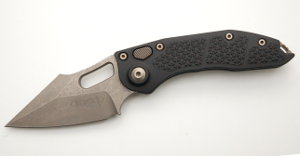
Microtech Stitch – From $364.00
From: BladeHQ
I recommend purchasing the Microtech Stitch at BladeHQ. Please consider that buying anything through any of the links on this website (including Amazon) helps support BladeReviews.com, and keeps the site going. As always, any and all support is greatly appreciated. Thank you very much.


